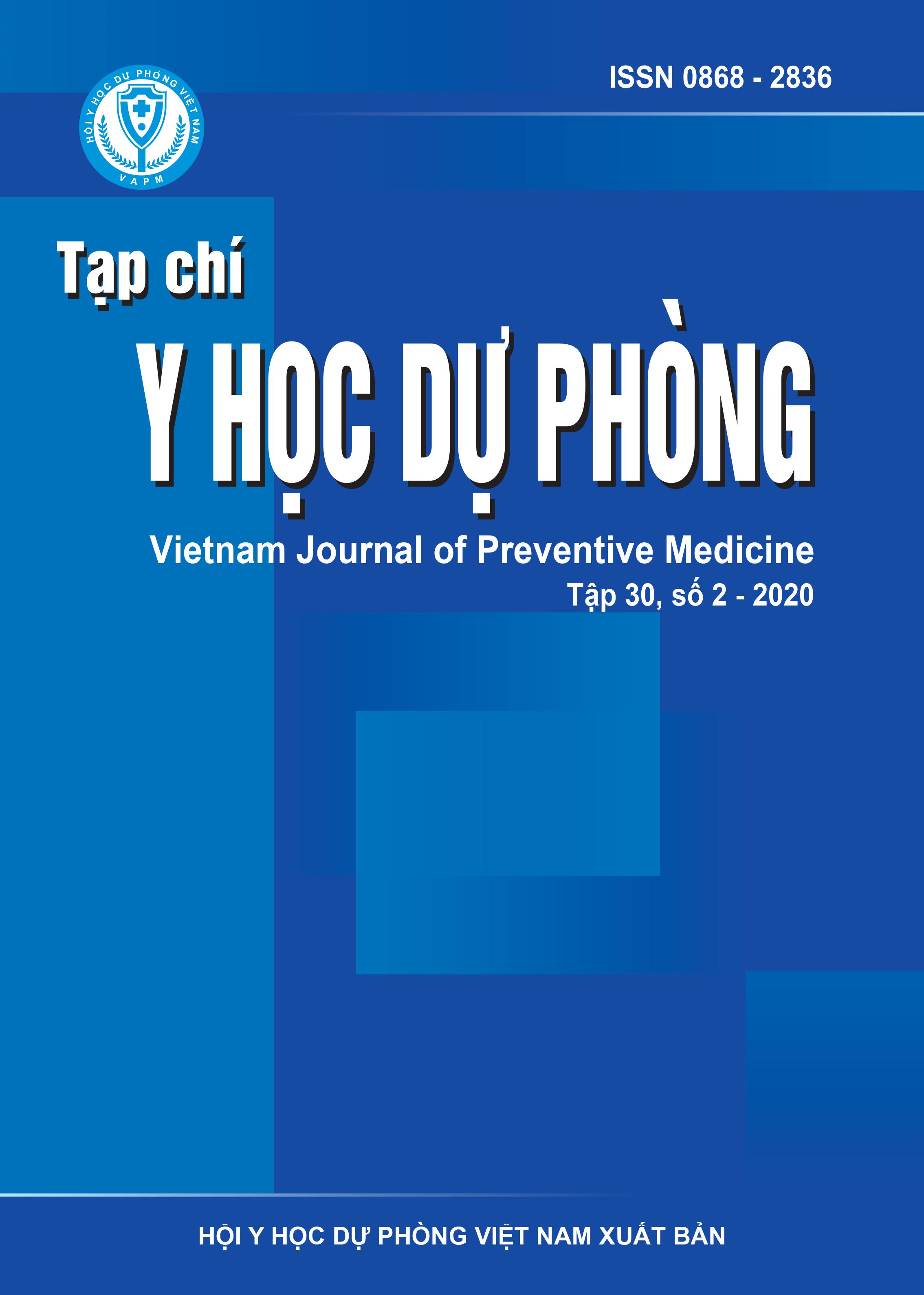Epidemiological characteristics, knowledge, attitude, practices and other factors related to frst-aid for snakebites of participants from Thua Thien Hue province in 2017
DOI:
https://doi.org/10.51403/0868-2836/2020/291Keywords:
Snakebite, first-aid, venomous snakes, epidemiologyAbstract
The objective of the study is to desribe the epidemiological characteristics of venomous snakebites, knowledge, attitude, practices and other factors related to frst-aid for snakebites of participants from Thua Thien Hue province in 2017. We conduct descriptive cross-sectional study on epidemiological factors regarding 36.182 subjects then access the knowledge,
attitude and practice (KAP) of 400 participants who are living in three areas of Thua Thien Hue province including mountainous areas; lowlying, coastal areas and lagoons; urban areas. The study shows that: The annual incidenceare was 172 (95%-CI: 105–266), 69 (95%-CI: 33–117) and 10 (95%-CI: 1–56) snakebites per 100,000 person-years, respectively at mountainous areas; low-lying, coastal areas and lagoons; urban areas. The incidence of snakebites over this province was accounted for 62 (95%-CI: 17–199) per 100,000 personyears. Attitude was considered appropriate in 81% of participants, the correct knowledge and practise of participants with 36% and 8% respectively. The multivariate regression analysis indicates that when a participant gets bitten by a venomous snake, the two factors that influence their initial management knowledge are gender and occupation. The two factors that influence their attitude are educational level and living area. The three factors that influence their practice are ethnicity, education level and living area (p<0.05).
Downloads
Downloads
Published
How to Cite
Issue
Section
License
Publication License No 150/GP-BTTTT signed on May 8, 2014;
Electronic Publication License No 322/GP-BTTTT signed on June 15, 2016.


